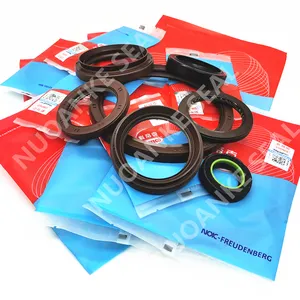Popular in your industry























































































































































































































Top categories
About gi bush
Understanding GI Bush in Pipe Systems
Galvanized iron (GI) bushings, commonly referred to as GI bush, are integral components in the construction of robust piping systems. These fittings serve as connectors that facilitate the smooth transition of pipes across various diameters, ensuring a secure and efficient network for fluid transport. The versatility of GI reducer bush and GI reducing bush makes them suitable for a wide range of applications, from commercial to residential infrastructures.
Types and Applications of GI Bush
The reducer bush gi is designed to connect pipes of different sizes, allowing for a seamless flow within the system. This is particularly vital in systems where the pipe diameter needs to be altered to accommodate varying pressure or flow rate requirements. The reducing bush gi is similarly used to reduce the fitting size from a larger to a smaller bore. These components are commonly employed in water supply lines, HVAC systems, and in industrial settings where the durability of galvanized iron is a necessity.
Features and Materials of GI Bush
GI bushes are crafted from galvanized iron, a material known for its strength and corrosion resistance. The galvanization process involves the application of a protective zinc coating to iron or steel to prevent rusting, which is particularly beneficial in moist environments. The construction of a GI bush allows for a smoother wall surface, reducing resistance to fluid flow. Their lightweight nature, coupled with their durability, makes them a practical choice for piping systems.
Advantages of Using GI Bush
The use of GI bush in piping systems offers several advantages. Their resistance to corrosion extends the life of the pipe system, minimizing maintenance needs. Additionally, the ease of installation and the cost-effectiveness of these components make them a preferred option for many piping applications. The GI reducer bush and GI reducing bush specifically allow for the adaptation of pipe systems to various requirements without compromising the integrity or flow of the system.
Complementary Components in Pipe Fittings
Beyond the GI bush, other components play critical roles in ensuring the functionality of pipe systems. P-traps, for instance, are essential in preventing odors by trapping water to block sewer gases from entering living spaces. Pipe caps are also crucial; they seal the end of pipes, halting fluid flow and safeguarding the threads. Each component is selected based on the specific needs of the pipe system, with consideration given to the type of fluids conveyed and the environmental conditions.
Selecting the Right GI Bush for Your System
Choosing the correct GI bush is essential for any piping system's efficiency and longevity. Factors such as the type of fluid, the environmental conditions, and the system's overall design must be considered to ensure optimal performance. While the platform provides a variety of options, it is crucial to assess the specific needs of your system to select the most suitable GI reducer bush or GI reducing bush for your application.







































